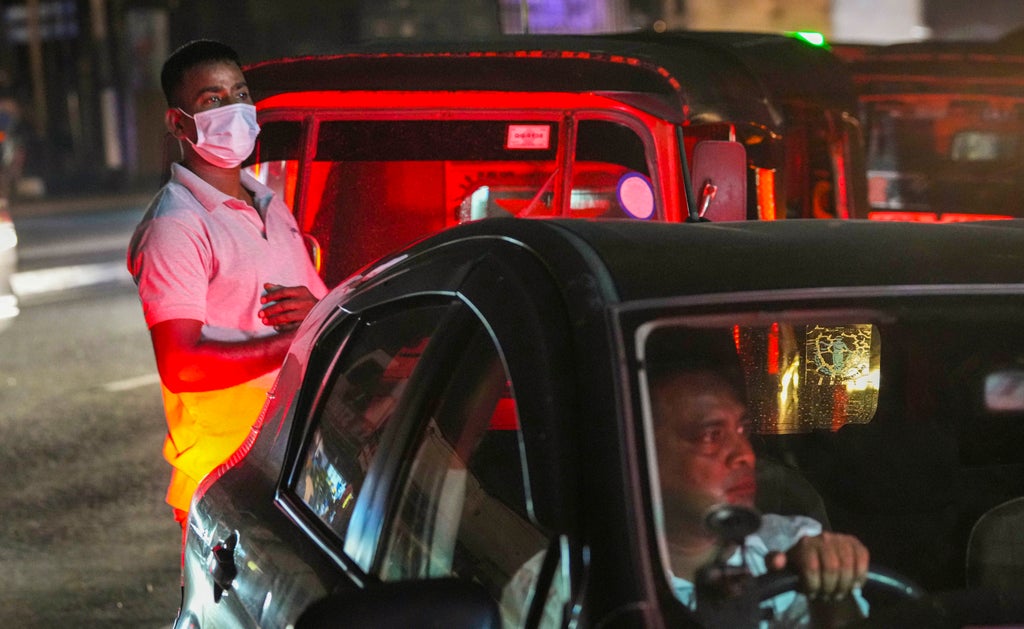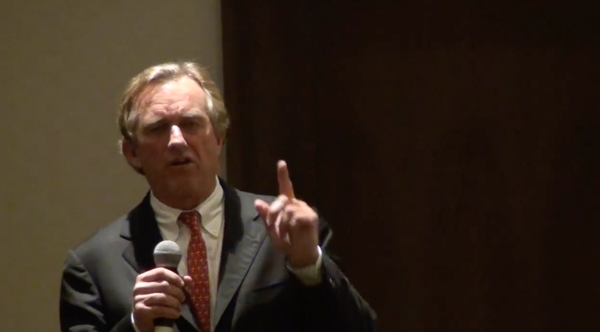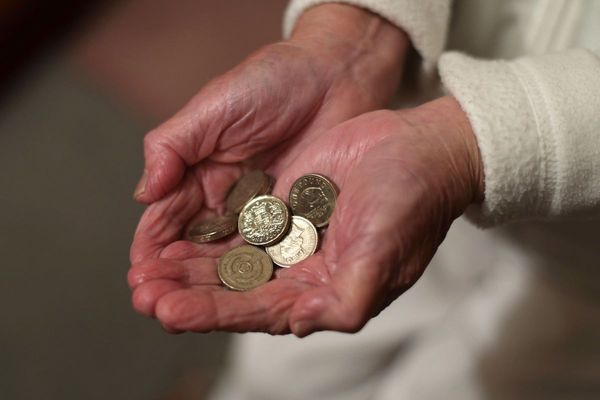
Sri Lanka is going through hours of daily power cuts since it can’t operate turbines because of a fuel shortage and the government has only a little foreign currency to pay for oil imports.
The country has no power for 7 1/2 hours a day, forcing children to study under homemade kerosene oil lamps, fishermen to limit fishing and shops and industries to limit production and business.
Government ministers have admitted that they struggle to pay the ships docked in Colombo port before unloading their fuel stocks. Dry weather has also limited hydropower production in shrinking reservoirs.
President Gotabaya Rajapaksa last week sacked Udaya Gammanpila as energy minister after he publicly discussed the enormity of the crisis and criticized authorities for not prioritizing imports.
Vehicles and people holding containers stand in sometimes kilometers-long queues near gas stations. Passenger buses and trucks transporting goods are unable to operate according to their normal routine. The limited number of foreign tourists visiting the country are confined to their hotels, unable to travel. Some spend time in the dark.
Sri Lanka’s foreign reserves have dwindled because its tourism sector is severely affected by the COVID-19 pandemic and exports are down. Additionally, the country has to pay billions of dollars in foreign debts for infrastructure projects that don’t make money.
This year’s loan repayment obligations alone cost nearly $7 billion.







